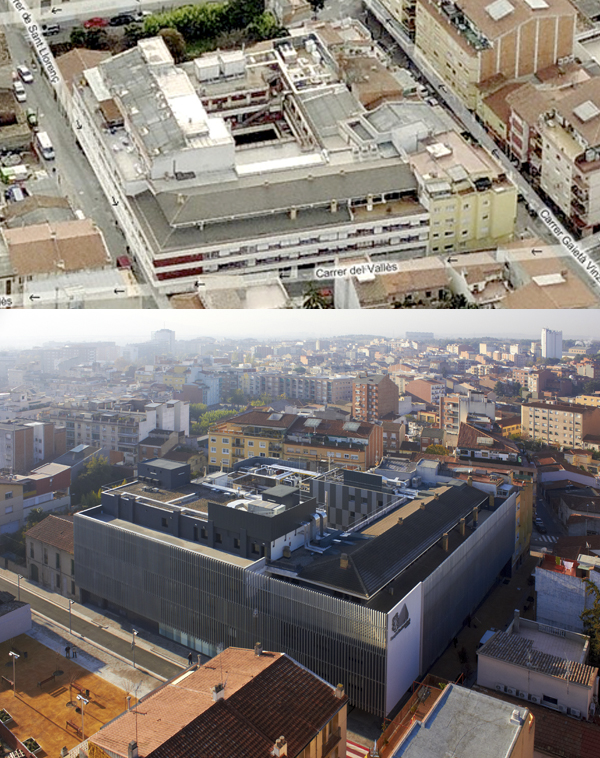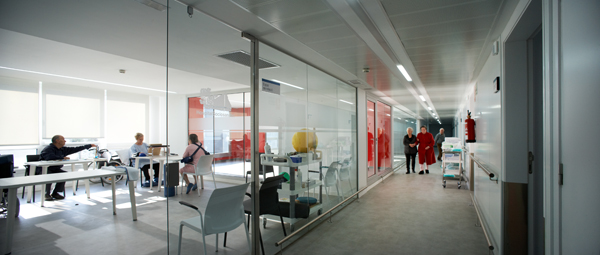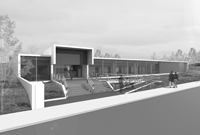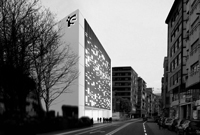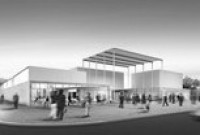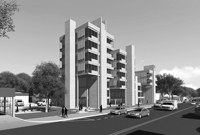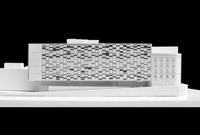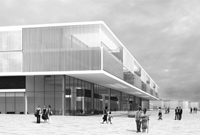Work
Project
Subacute Hospital of Mollet del Valles
- Location: Mollet del Vallés, Barcelona, España
- Typology: Hospitals
- Completion: 2013
- Surface built: 6.544,40 m2
Architect
Mario Corea
Job captains
Maricel Aguilera
Maria Ceballos
Collaborators
Berta Masnou
Andre Mota
Marina Correia
Structure
Bis Arquitectes S.L.
Installations
SC Enginyeria
—
The recently inaugurated Subacute Hospital in Mollet del Vallès is an example of how a hospital constructed in the 1950s and 60s, which had fallen into disuse, can be successfully recycled to meet the current and future challenges emerging in healthcare. The renovation project was based on simple and effective interventions that were practical as well as functional, resulting in a low-cost, energy-efficient hospital that reassumes an active role in the day-to-day life of the city.
The story began in 2004, when a competition was held for a large-scale regional hospital that would serve the inhabitants of the city of Mollet and the surrounding communities. While the winning scheme for the new facility was being built on the outskirts of the city, a decision had to be made about what to do with the original hospital in the city center. Not so long ago, the fate of such a building would most likely have been demolition to make way for new construction. However, as the economic crisis intensified it became clear that the most feasible solution was to refurbish the existing hospital to accommodate a center for patients requiring rehabilitation or skilled medical care for a limited period.
The approach for the redesign was shaped by the necessity to utilize as much as possible of the old building, although a study undertaken by the team of architects revealed significant deficiencies in its overall condition. Therefore, the first task was to strengthen the structure in various specific points. Secondly, since the installations were totally obsolete, sustainability and energy-saving considerations were of the utmost importance, calling for the incorporation of effective insulation and solar panels. On the east and west sides, sunscreens of vertical aluminum bars served as a new facade for the building.
For the most part, the layout of the original hospital was conserved. The key design decision was focused on the open central area that had been previously used as a car park and service entrance. This space was enlarged and landscaped, transforming it into a garden patio for patients, visitors and staff. The transparent ground floor opens up to both this light-filled interior patio as well as the newly created public plaza across the street, which became part of the project during the design development.

